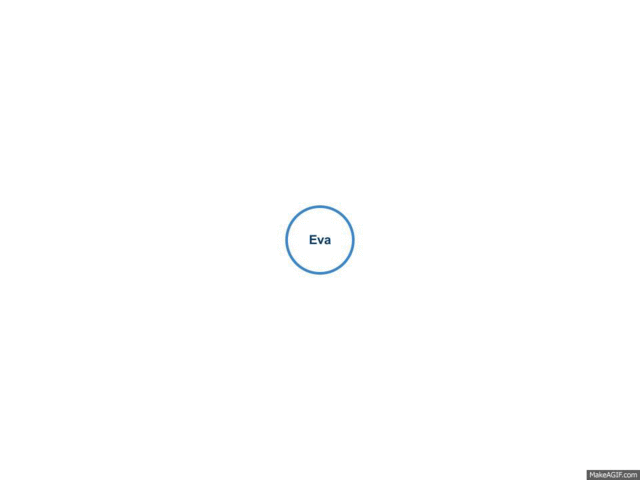No More Classrooms

Jeffrey R. Young moderated a panel at the Reimagine Education conference that was a debate on the question, “Is the Classroom Dead?” There were two people making a case for the need for in-person gatherings of learners (the traditional classroom) and two arguing that the classroom has outlived its usefulness.
Young's own post about it had what might be a more accurate title question: What If We Stopped Calling Them Classrooms?
What do you picture when you think of the word classroom? A teacher in front of a group of students in a room that probably has rows of seats/desks. How does that model match trends in education today?
NJIT once had the trademark on the term "virtual classroom" and that was often used in the early days of online education to describe what we were trying to do. The instructional design of the time followed the term and tried, as much as possible, to reproduce the classroom online. That meant 90 minute lectures, sometimes recorded in a physical classroom live before other students (lecture capture is still being done today). It meant having ways to "raise your hand" and respond to questions or ask questions. It meant tests and quizzes and ways to submit work and a gradebook.
But is that the way we should design online learning? Is it even the way we should be teaching in a physical classroom today?
One thing we seem to have gleaned from MOOCs is that the optimal length of video lectures is 5-7 minutes. Has that been adapted to most face-to-face or even online courses? No. Should we be teaching in a classroom in chunks of 7 minute lessons?
Not calling a classroom a classroom solves nothing. Calling a school library a media center doesn't mean much if the physical space and its contents remain a library.
Yes, this post is more questions than answers, but perhaps questioning what the classroom is in 2017 is where we are right now.

